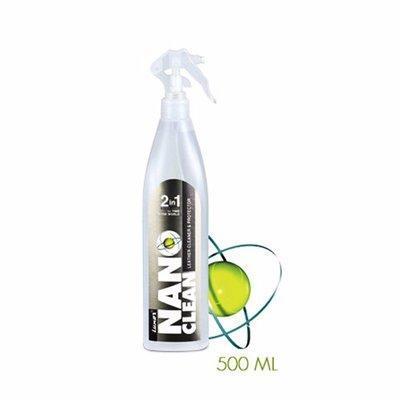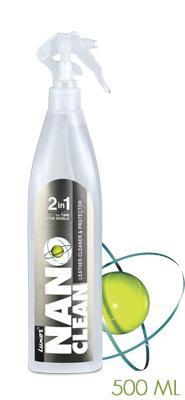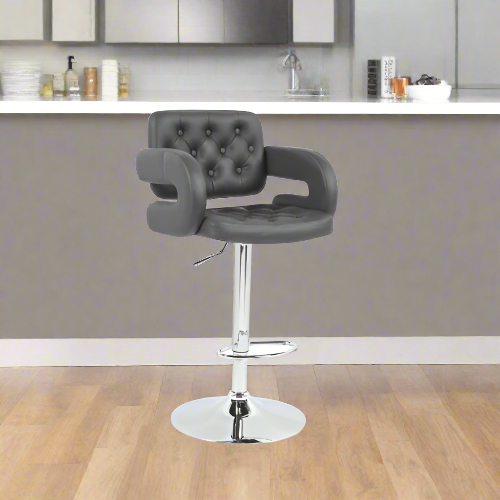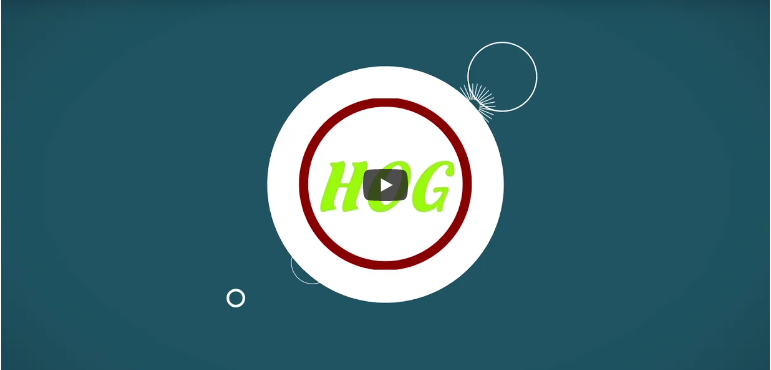Water damage is one of the most persistent threats to homes and commercial properties. From burst pipes to natural disasters, water intrusion can wreak havoc, not just in the immediate aftermath but also through its long-term effects. The key to minimizing these lasting repercussions lies in swift and professional water damage remediation. Let’s explore how remediation professionals tackle water damage to safeguard your property and prevent costly and enduring consequences.
Understanding Long-Term Damage from Water Exposure
When water infiltrates a building, its effects are not limited to visible damage. Over time, lingering moisture can lead to:
· Mold and Mildew Growth: Moist environments create the perfect breeding ground for mold, which can spread rapidly and compromise indoor air quality.
· Structural Weakening: Saturated materials such as wood, drywall, and concrete may rot, warp, or degrade, undermining the integrity of your property.
· Electrical Hazards: Water can corrode electrical wiring and systems, increasing the risk of short circuits or fires.
· Health Risks: Contaminants in the water, particularly in cases of flooding, can lead to bacterial or viral infestations harmful to human health.
These issues are often hidden, silently worsening over weeks or even months. The longer the delay in addressing water damage, the more extensive and costly the remediation will become.
The Role of Professional Remediation
Professional water damage remediation is designed to address not just the immediate consequences of water damage but also the underlying risks. By employing advanced tools and techniques, remediation teams ensure thorough water removal and prevention of secondary damage.
Here’s how professional remediation minimizes long-term harm:
1. Comprehensive Assessment
The process begins with a detailed inspection to evaluate the extent of the damage. Professionals use tools like moisture meters and thermal imaging to detect hidden water and dampness in walls, floors, ceilings, and even air pockets. This ensures that no moisture is overlooked, reducing the likelihood of future problems.
2. Rapid Water Extraction
Time is of the essence when it comes to water damage. Professionals use industrial-strength pumps and wet vacuums to remove standing water quickly. This immediate action halts water’s spread, preventing further material saturation and damage.
3. Thorough Drying and Dehumidification
Even after visible water is removed, residual moisture remains in building materials and the air. Professionals deploy high-capacity dehumidifiers and air movers to accelerate the drying process. Proper drying eliminates the damp conditions that foster mold growth and structural decay.
4. Mold Prevention and Treatment
Mold can begin developing within 24 to 48 hours of water exposure. Remediation teams apply antimicrobial treatments to affected areas, killing mold spores and preventing their spread. If mold has already developed, specialized containment and removal techniques are employed to safely eliminate it.
5. Cleaning and Sanitization
Floodwaters often carry contaminants like bacteria, viruses, and chemicals. Remediation involves sanitizing all affected surfaces using disinfectants and antimicrobial solutions, ensuring a safe and healthy environment.
6. Repairs and Restoration
The final stage of remediation includes repairing damaged elements of the property. From replacing drywall and flooring to reinforcing structural components, professionals ensure that the property is restored to its pre-damage condition or better.
Preventing Long-Term Issues Through Timely Action
The most effective way to minimize long-term damage is to act quickly. Here’s how to ensure timely intervention:
· Contact Professionals Immediately: Delays can worsen the impact of water damage. The sooner professionals begin remediation, the more they can mitigate the damage.
· Avoid DIY Fixes: While it may be tempting to handle the cleanup yourself, improper techniques often miss hidden moisture or fail to address contaminants. Professionals have the expertise and tools necessary for comprehensive remediation.
· Understand Insurance Policies: Many property insurance policies cover water damage, provided remediation begins promptly. Check your policy details and communicate with your insurer as soon as the damage occurs.
Choosing the Right Remediation Service
Not all remediation services are created equal. Look for a provider with:
· Certification: Accredited by organizations like the IICRC (Institute of Inspection, Cleaning, and Restoration Certification).
· Experience: A track record of handling water damage scenarios similar to yours.
· Advanced Equipment: Tools like industrial dehumidifiers, moisture detectors, and antimicrobial treatments.
· Positive Reviews: Customer testimonials and ratings that demonstrate reliability and quality.
Conclusion
Water damage Brooklyn, NY is a race against time, and delaying professional remediation can lead to a cascade of long-term consequences. From preventing mold and structural weakening to restoring your property’s functionality and safety, professional remediation is essential for minimizing lasting damage. By acting swiftly and relying on experienced professionals, property owners can navigate water-related crises with confidence and protect their investments for the future.
Author's Bio: Sujain Thomas

Sujain Thomas is a freelance content writer and blogger who has written articles for several renowned blogs and websites about Home decor/Diy and various topics to engineer more traffic on websites.She love to decorate home in her free time































